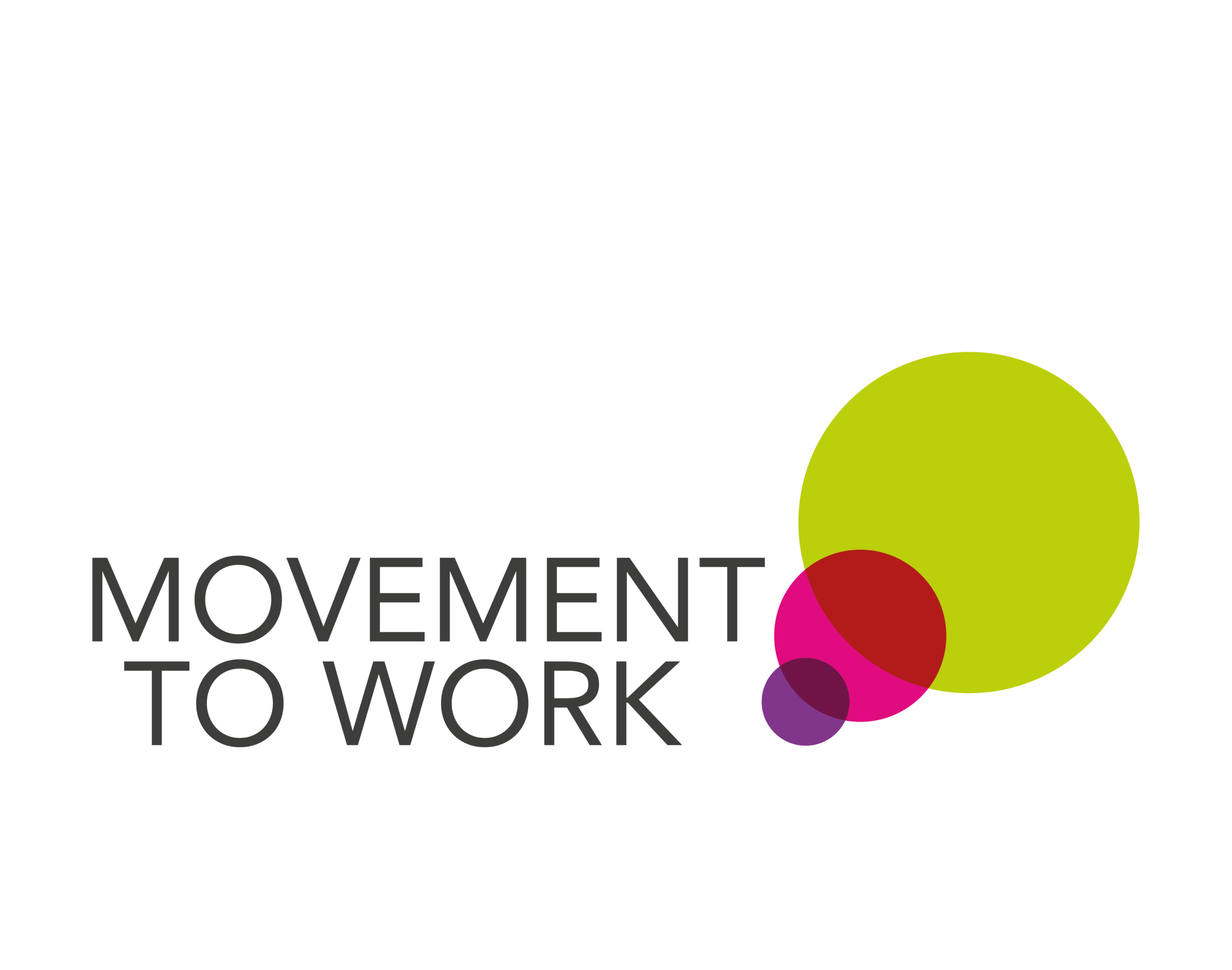Research from the Chartered Management Institute (CMI), including data insights from Higher Educational Institutes (HEIs), examines the employability of recent graduates from an employer perspective.
The research was conducted between December 2020 and August 2021 and explores changes to employability skills within the context of the pandemic; how employers can help shape employability programmes in HEIs; and the optimal shape of employability programmes that could be offered by HEIs in future.
As employers’ expectations have changed post-pandemic and students face an increasingly challenging job market, the research will help HEIs to develop the courses and student offering that a new generation of learners now need for a hybrid world of work.
The research found that: –
- Many employers still believe that graduates lack the ‘basic’ work-ready competencies that make up employability skills.
- This skills gap will become more apparent in a hybrid / digital world.
- Embedding these skills from the very start of a university course will help students to identify and sell these skills to prospective employers.
- Once a graduate secures a role, the core skills of critical thinking, team-working and communication will be needed. This applies to all students as every graduate needs these skills to navigate the jobs market.
- More needs to be done to connect students with employers. There is a disconnect that deters many employers from getting involved with HEIs to help shape the employability skills of students prior to graduation.
- 61% of employers who are not currently involved in shaping employability skills with HEIs would like to get involved, but only 11% of this group know how to do so.
The full CMI report can be accessed via this link.










